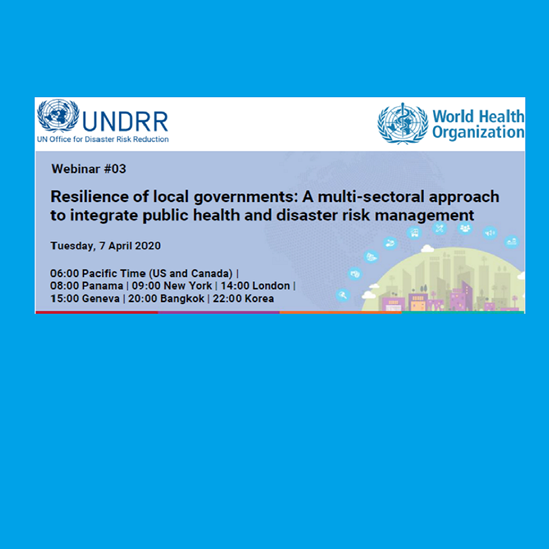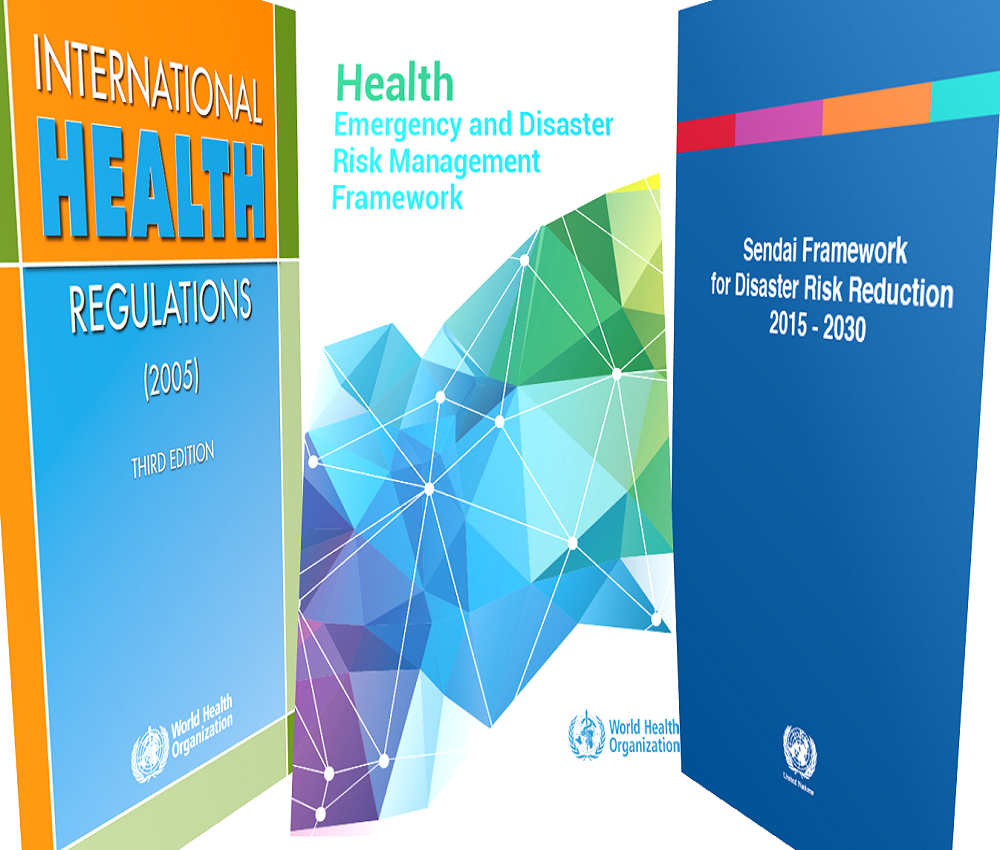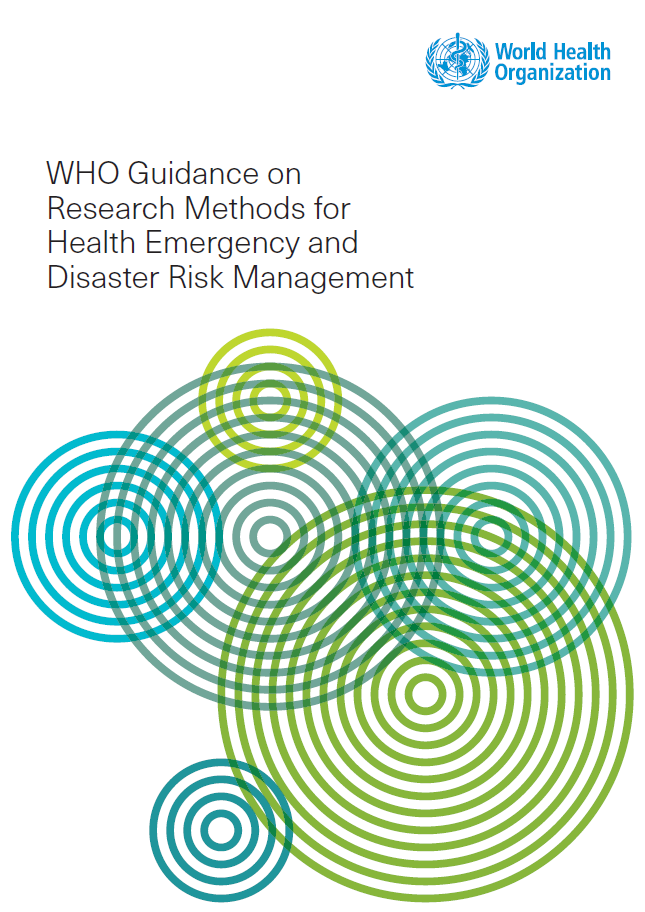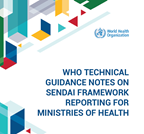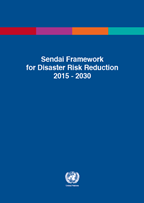Conducting strategic risk assessment for all hazards in countries
Large scale emergencies arising from disease outbreaks, flooding, storms, heat wave and other hazards do not just undermine the wellbeing of individuals and communities; they also damage critical infrastructure, disrupt health systems and exert significant socio-economic losses, such as loss of family earnings and displacement of people.
Strategic risk assessment helps societies to identify the most significant hazards and their consequences to inform action planning for emergency and disaster risk management in the setting. A timely and efficient risk-based approach can help maximize resources utilization and prioritize actions to improve the management of potential emergencies.
WHO has developed the Strategic Tool for Assessing Risk (STAR) that enables national and subnational authorities assess the level of risk in their setting, to allow proper planning and prioritization of efforts to prevent, prepare for, detect, rapidly respond to, and recover from a health emergency or disaster. STAR emphasizes an all-hazard, participatory and whole-of-society approach to strategic risk assessment. Through the inclusive and transparent participation of key stakeholders in a STAR workshop, an emergency risk profile is developed and a consensus is reached on priority actions for risk prevention and mitigation. The STAR methodology includes the following key steps:
- Identification of country hazard(s)
- Assessing the likelihood of the risk to occur
- Estimating the impact of the risk, using severity, vulnerability and coping capacity indices
- Estimating the level of risk
- Drafting key recommendations and priority actions based on the risk ranking
- Integration of recommendations into the national or subnational action planning process
The STAR methodology can be used at subnational levels, cities, communities and as well for specific scenario like displaced population and mass gatherings. STAR can also be adapted to specific cluster of hazards based on International Hazards Classification.

--h_54669780.tmb-479v.jpg?Culture=en&sfvrsn=684bbf55_1)
/health-security-preparedness-(hsp)/disaster-risk-management-and-resilience-(ddr)/webinar-climate-crisis-video-cover.tmb-549v.jpg?sfvrsn=301f4d1c_1)


